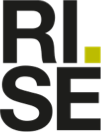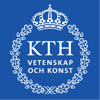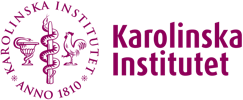A new year has started and after a well needed Christmas break team obstetrics has started our work again. During christmas our thoughts on our four last commercial needs have been marinating and the first Monday back one of the needs was eliminated due to too research intensive.
Recap: Just a few weeks before christmas we decided on four commercial needs to move forward with. We have spent these last weeks on learning more about them, interviewing people (according to the Mom Test – Fritzi held a seminar for the rest of us) and brainstorming solutions in and outside the box. One big help was having Maria from the Barcelona program coming to visit us. She gave us some new tools to work with, to analyze all different aspects of our needs and make an overall evaluation.
So “Ideation phase”. We are working on brainstorming and getting all ideas out of our systems! Both crazy and more predictable ones. Trying to think of new things. Look at the problems in new ways. We have tried brainstorming games, individual brainstorming sessions, group sessions and structured brainstorming. We try to be open minded and keep our eyes open for new solutions that we haven’t seen yet. Short google searches show that there are few thoughts that are truly original. But we’ll see what we can do!
Luckily enough we had a ideation workshop about brainstorming with Anna Thies on Friday. It took our ideation to new levels.
At the same time we are planning for our students to arrive at the hospital. We are preparing access cards, lectures and meetings. We are looking forward to starting working for solutions with our four clinical needs and believe our students will do a great work.
2017 – here we go!
//Désirée – for team O






















